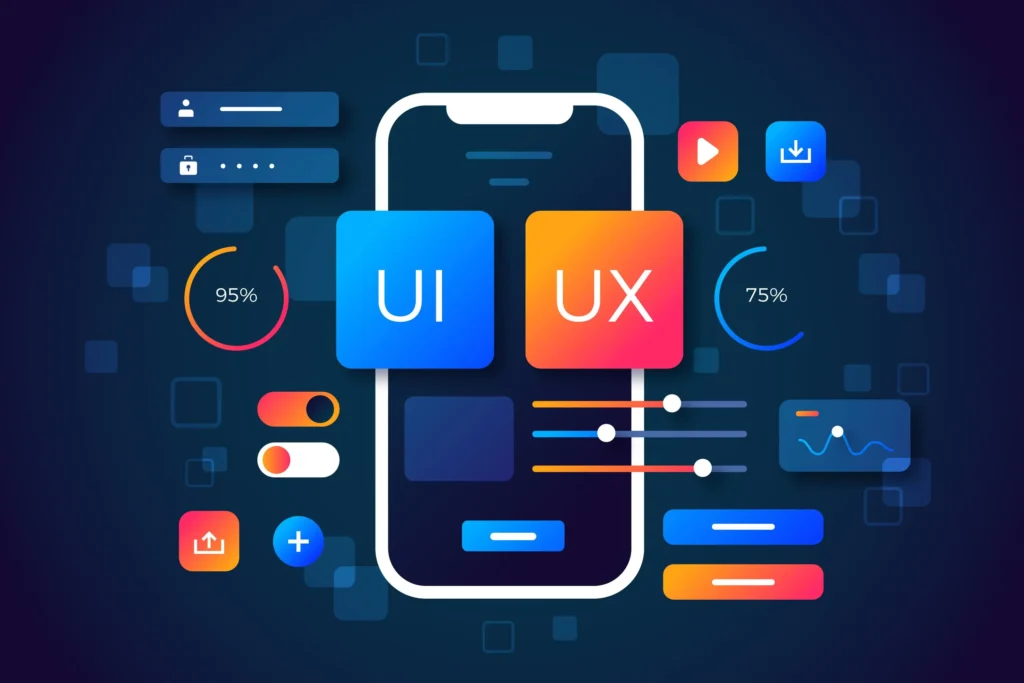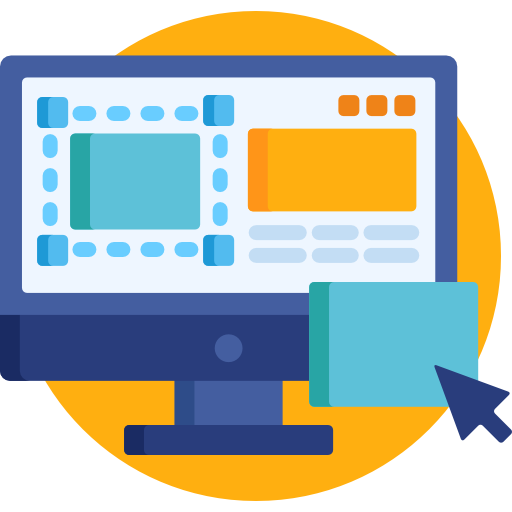In the world of software development, there is one essential truth: the success of any program is determined not only by its functionality but also by the experience it provides to users. This experience was methodically designed using the discipline of User Experience (UX) design. In this article, we will discuss the importance of UX design in software development and why it is necessary for producing compelling digital products.
Understanding User Experience (UX) Design

At its foundation, User Experience (UX) design aims to create meaningful and seamless interactions between consumers and digital goods. It includes a variety of features, such as usability, accessibility, and aesthetics, all geared at increasing user happiness and engagement. UX designers play an important role in the software development process by advocating for end-user demands and preferences while aligning them with the project’s business objectives. User Experience (UX) design is very important for the software company to design apps, websites etc. Also Infokey uses User experience design to create apps, web design and for web development.
Impact of UX Design on Software Success

User Experience (UX) design has a direct impact on the success of software programs in a variety of ways:-
- Enhanced User happiness: By focusing on user wants and preferences, UX promotes good experiences, resulting in increased levels of user happiness and loyalty.
- User Engagement: Intuitive interfaces and seamless interactions keep users interested, resulting in increased usage rates and a decrease in churn.
- Improved Conversion Rates: A well-designed user experience may shorten the route to conversion, whether it’s purchasing, joining up for a service, or completing a job.
- Reduced Support Costs: Intuitive designs reduce user mistakes and confusion, lowering the need for substantial customer service and training.
- Competitive Advantage: In today’s crowded digital landscape, superior User Experience (UX) design sets applications apart from competitors, serving as a key differentiator in the market.
Role of UX designer

A UX designer’s primary responsibility is to understand users’ requirements and behaviors and then translate that information into meaningful and intuitive designs. Here’s a look at their main responsibilities:
- User Research: UX designers begin by undertaking extensive research to obtain insight into their target audience. This includes approaches like user interviews, surveys, and observational research to better understand user objectives, preferences, and pain areas.
- User Personas: Based on their research findings, UX designers construct user personas, which are fictitious depictions of typical users. These personas assist in empathizing with consumers and creating experiences that are suited to their needs and interests.
- content Architecture: After gaining a thorough knowledge of their consumers, UX designers organize and structure content in an intuitive and easy-to-navigate fashion. This includes developing sitemaps, user flows, and wireframes to define the structure and hierarchy of content and functionality.
- Prototyping and Wireframing: UX designers utilize prototype and wireframing technologies to generate minimal representations of user interfaces. These prototypes enable designers to test various design concepts and get input from stakeholders and users before moving further into production.
- Visual Design: While User Experience (UX) design focuses on the total user experience, including usability and functionality, visual design enhances the aesthetic appeal of the interface. UX designers work closely with visual designers to ensure that visual aspects complement rather than detract from the user experience.
- Usability Testing: After the design is completed, UX designers undertake usability testing to see how well the product satisfies user needs and expectations. This includes watching consumers’ interactions with the product and getting feedback to discover areas for improvement.
How Infokey Uses UX Design for software development

- Infokey undertakes extensive user research to better understand the requirements, behaviors, and interests of their target audience. This research influences the design process and guarantees that the program effectively meets the demands of real users.
- Infokey conducts usability testing throughout the development process to get input from actual users. This helps to detect usability concerns, confirm design decisions, and guarantee that the product is intuitive and simple to use.
- Infokey guarantees that designs are flexible and adaptive to a variety of devices and screen sizes. This entails creating adaptable layouts and utilizing methods such as fluid grids and media queries to improve the user experience on desktop, tablet, and mobile platforms.
- Infokey uses an iterative design method, in which designs are constantly modified depending on input and testing outcomes. This iterative technique enables for incremental changes, ensuring that the end product effectively matches consumer demands.
Conclusion
Ultimately, the value of User Experience (UX) design in software development cannot be emphasized. Developers may achieve success and competitive advantage in today’s digital market by emphasizing user demands, offering seamless experiences, and implementing best practices. As we look into the future, the importance of User experience (UX) will continue to expand, impacting how people engage with and experience technology in increasingly different manners.
Overall, Infokey’s commitment to User Experience (UX) design allows them to produce applications, web designs, and layouts that not only match client needs but also surpass user expectations, resulting in increased success and user happiness. Many Softwares of Infokey like Yatter, WaBM and Fastax have been made through User Experience (UX) .







